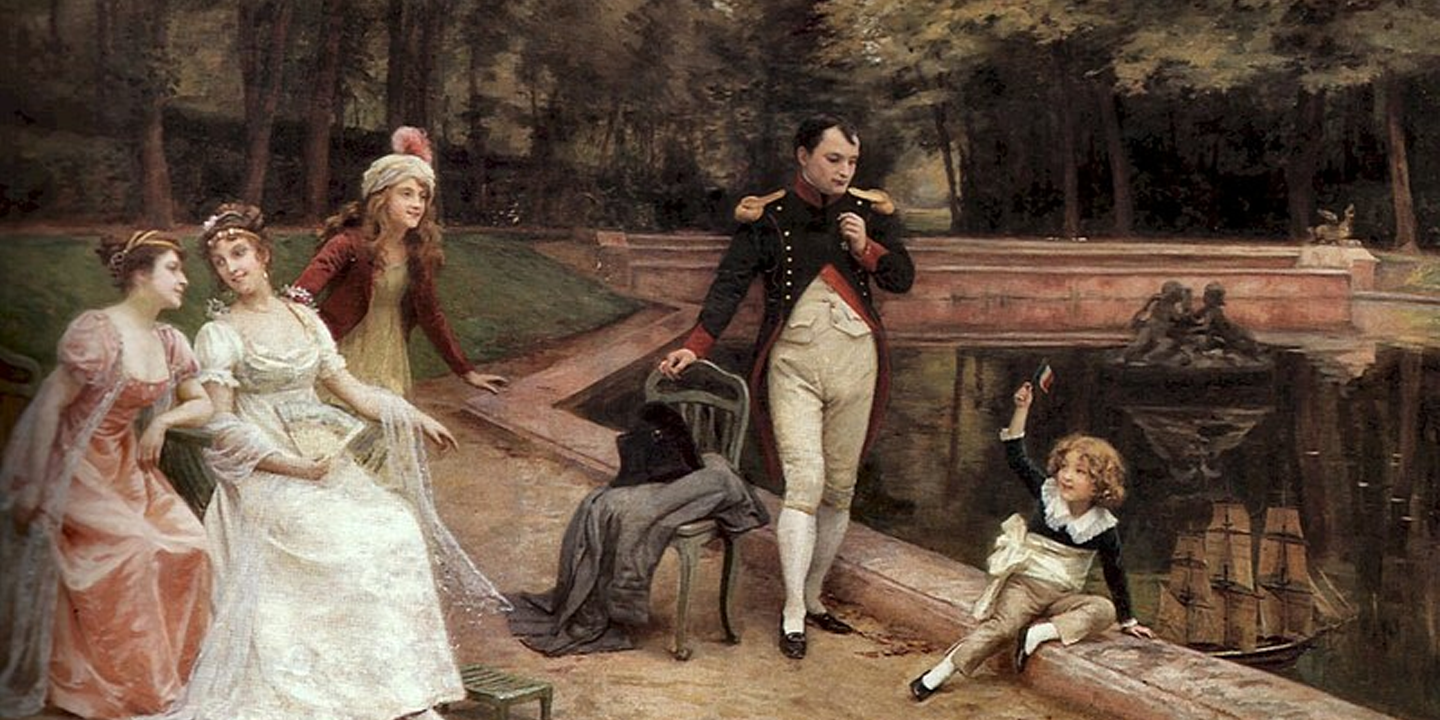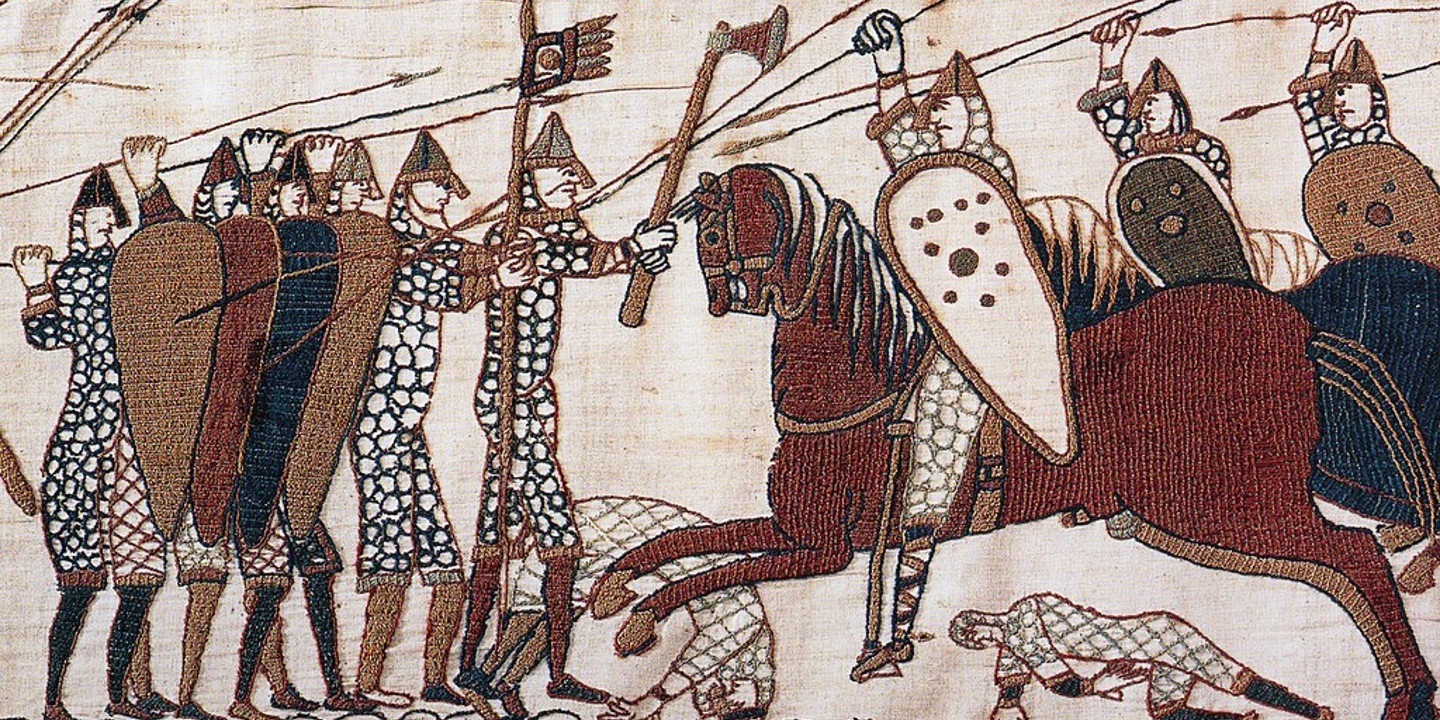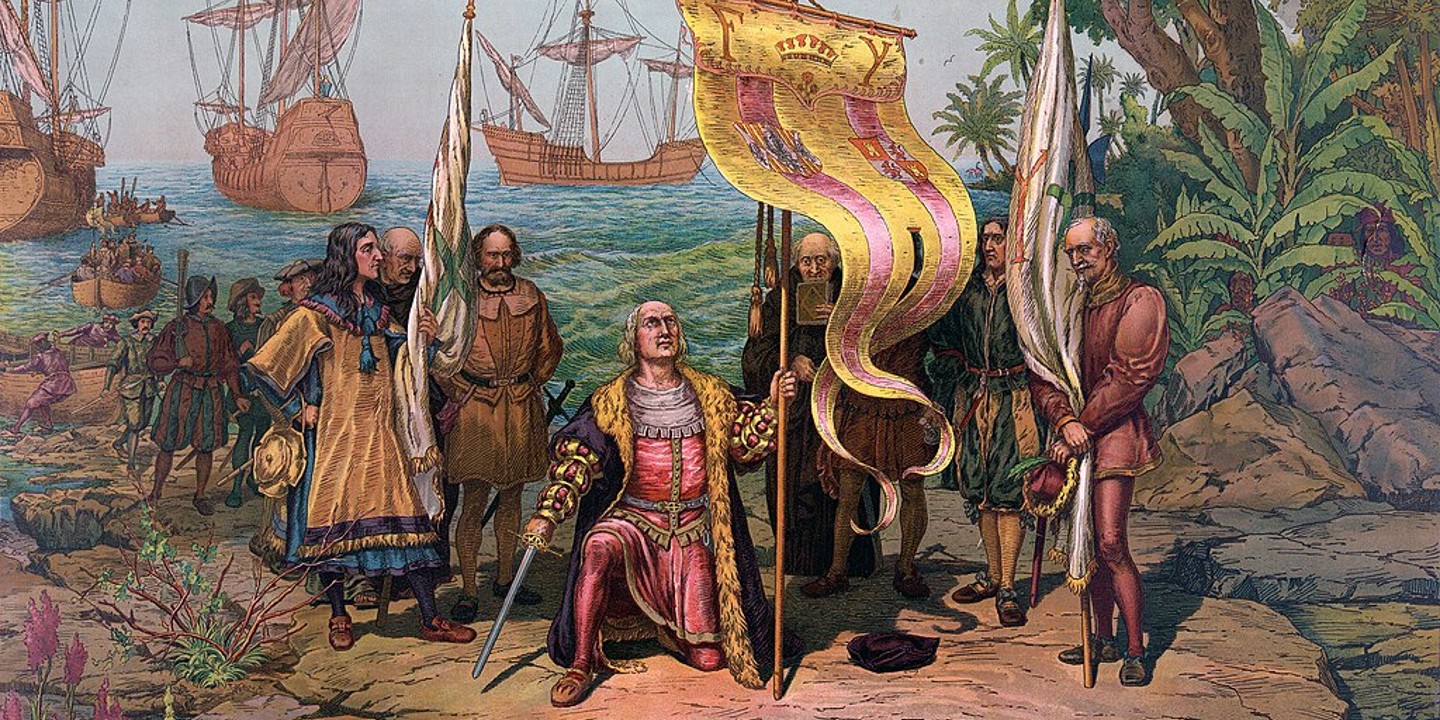Besieged But Never Captured
While the Western and Pacific Fronts of WWII may be more commonly studied in American classrooms, the Eastern Front was no less deadly or significant. Considered the most destructive siege in history, the Siege of Leningrad is considered a genocide by some historians. Despite the bombardment, starvation, and bitter cold, the people of Leningrad refused to give up.
 Julius Jääskeläinen on Wikimedia
Julius Jääskeläinen on Wikimedia
1. A Quick Victory?
Devised as part of Operation Barbarossa's three-pronged attack, Germany and her allies assumed that the capture of Leningrad would be an easy victory. In fact, Hitler was so confident in his success, that he printed invitations to his victory celebration. The goal of the siege was to turn one of the USSR's most important cities into living space for Germany.
2. The 900-Day Siege
The siege of Leningrad begun on September 8, 1941 and ended on January 27 1944. It lasted for over two years, one of the longest of WWII. While technically lasting only 872 days, the siege is known as the 900-Dat Siege for simplicity's sake.
 Boris Kudoyarov / Борис Кудояров on Wikimedia
Boris Kudoyarov / Борис Кудояров on Wikimedia
3. Mass Evacuation
At the start of the war, Leningrad (St. Petersburg) had a population of 3.2 million. There were widespread evacuations both before and during the siege. An estimated 1/3 Leningrad's most vulnerable populations were evacuated: the young, the elderly, and the infirm.
 Boris Kudoyarov / Борис Кудояров on Wikimedia
Boris Kudoyarov / Борис Кудояров on Wikimedia
4. Unprepared Army
Not only was the Red Army not expecting a German invasion, they were also unprepared for one. Poor management as well as outdated & unwieldy tanks made Leningrad an easy target. Many Soviet aircraft were destroyed before the left the ground.
 Unknown authorUnknown author on Wikimedia
Unknown authorUnknown author on Wikimedia
5. A Deadly Winter
The winter of 1941-2 was known as the Hunger Winter. Not only were Leningraders faced with starvation, disease and bombardment, but they endured one of the worst winters in history. Temperatures dropped as low as 40° and two feet of snow lasted well into April.
6. Starvation Tactics
Starvation did more damage to Leningrad than German artillery. Cut off from the outside world, the people of Leningrad were forced onto starvation rations which barely kept them alive. Working citizens were allotted a few paper-thin slices of bitter bread a day.
 Alexey Varfolomeev / Алексей Варфоломеев on Wikimedia
Alexey Varfolomeev / Алексей Варфоломеев on Wikimedia
7. Dismal Diets
With rations at an all-time low and security clamping down on the black market, the people of Leningrad took desperate measures. They ate boiled leather, wallpaper paste, and pets. Thousands were arrested under suspicion of cannibalism.
8. The Heartbeat Of Leningrad
Leningrad's heartbeat was literal as well as metaphorical. 1,500 speakers were installed across the city, playing the sound of a metronome to indicate peace or attack. Residents were forbidden to turn their radios off lest they miss important broadcasts.
 Boris Kudoyarov / Борис Кудояров on Wikimedia
Boris Kudoyarov / Борис Кудояров on Wikimedia
9. All Hands On Deck
It took all hands on deck to keep the city alive. At the first bombardments, all able-bodied Leningraders were set out to fortify the city and prepare for blockade. Over a million men and women dug anti-tank ditches, while children helped in munitions factories.
 Boris Kudoyarov / Борис Кудояров on Wikimedia
Boris Kudoyarov / Борис Кудояров on Wikimedia
10. The Road Of Life
Leningrad was not entirely cut off from the world. The Road of Life over Lake Ladoga ferried evacuees out and food in. However, the Road of Life left travelers open to aerial attacks, and exposure or drowning were ever-present threats.
11. Multiple Points Of Attack
Germany was not alone in the attack. Finland, bitter after its own war against the USSR passively maintained their borders, cutting off northern supply roots. The Italian navy maintained supply routes during the warmer months.
 Aristarkh Lentulov on Wikimedia
Aristarkh Lentulov on Wikimedia
12. Psychological Warfare
The Siege of Leningrad was as much psychological as it was physical. The Axis Powers tried to break the Leningrader's spirit through propaganda. The city was covered in leaflets falsely announcing the fall of the Soviet Union.
 Boris Kudoyarov / Борис Кудояров on Wikimedia
Boris Kudoyarov / Борис Кудояров on Wikimedia
13. Enemies Inside The Gates
Leningrad had enemies inside the blockade as well as outside of it. The secret police, the NKVD kept a careful watch on citizens, looking out for black marketeering, ration card theft, and defeatist attitudes. Retribution was swift and vicious.
14. Not All Were Equal
Suffering during the siege was widespread but not equal. The majority of civilians spent two years on the brink of starvation and ravaged by disease. However, Party officials, shopkeepers, and others deemed "important" carried on as normal.
 Unknown authorUnknown author on Wikimedia
Unknown authorUnknown author on Wikimedia
15. Unsuccessful Attempts To Lift The Siege
There were two unsuccesful attempts to life the siege in 1942-3. In the case of the Sinyavino offensive, the Soviet and German attacks essentially neutralized each other (though heavy casualties put Germany on the defense). Similarly, Operation Iskra did not lift the blockade but allowed for the construction of a railway supply line.
 Boris Kudoyarov / Борис Кудояров on Wikimedia
Boris Kudoyarov / Борис Кудояров on Wikimedia
16. Victory At Last
In January 1944, Leningrad made its final defensive push with the Leningrad-Novgorod pffensive. This time, their tactics worked! On January 27, Germany was forced to retreat, but not before armies on foot looted and destroyed large chunks of the city.
 Vsevolod Tarasevich on Wikimedia
Vsevolod Tarasevich on Wikimedia
16. High Casualties
In total, over a million lives were lost during the 900-day siege, about a third of the population. The number of sick or wounded takes the total to over 3 million, more than America and the UK's wartime casualties combined. The city was also decimated by bombing 16% of the city's housing and 78% of its hospitals were destroyed.
 Vsevolod Tarasevich / Всеволод Тарасевич on Wikimedia
Vsevolod Tarasevich / Всеволод Тарасевич on Wikimedia
17. New Life
Even while the city was under siege, vegetable gardens covered most of the city's open ground. Following the end of the war, a war memorial called the Green Belt of Glory was installed along the front line. There interlinked gardens were the idea of poet Mikhail Dudin.
18. Heroic Felines
People weren't the only heroes commemorated after the war. Cats also played their part in keeping rats and other pests away from food supplies. Two courageous cats, Elisey and Vasilia had statues installed in their honor.
19. Light In The Dark
Life didn't stop under the siege, and neither did art. The poet Anna Akhmatova witnessed the horrors firsthand and memorialized them in her Poem without a Hero. Similarly, composer Dmitri Shostakovich completed his 7th Symphony during the siege; it was played over the loudspeakers facing the German forces as a show of defiance.
 Vsevolod Tarasevich on Wikimedia
Vsevolod Tarasevich on Wikimedia
20. A Monument To Endurance
Leningrad and its people were designated a Hero City for bravery during horrific circumstances. A medal for the Defense of Leningrad was also awarded not only to military personnel, but also civilians who did their part.
KEEP ON READING

The 20 Most Recognized Historical Figures Of All Time
The Biggest Names In History. Although the Earth has been…
By Cathy Liu Oct 4, 2024
10 of the Shortest Wars in History & 10 of…
Wars: Longest and Shortest. Throughout history, wars have varied dramatically…
By Emilie Richardson-Dupuis Oct 7, 2024
10 Fascinating Facts About Ancient Greece You Can Appreciate &…
Once Upon A Time Lived Some Ancient Weirdos.... Greece is…
By Megan Wickens Oct 7, 2024
20 Lesser-Known Facts About Christopher Columbus You Don't Learn In…
In 1492, He Sailed The Ocean Blue. Christopher Columbus is…
By Emilie Richardson-Dupuis Oct 9, 2024
20 Historical Landmarks That Have The Craziest Conspiracy Theories
Unsolved Mysteries Of Ancient Places . When there's not enough evidence…
By Megan Wickens Oct 9, 2024
The 20 Craziest Inventions & Discoveries Made During Ancient Times
Crazy Ancient Inventions . While we're busy making big advancements in…
By Cathy Liu Oct 9, 2024








